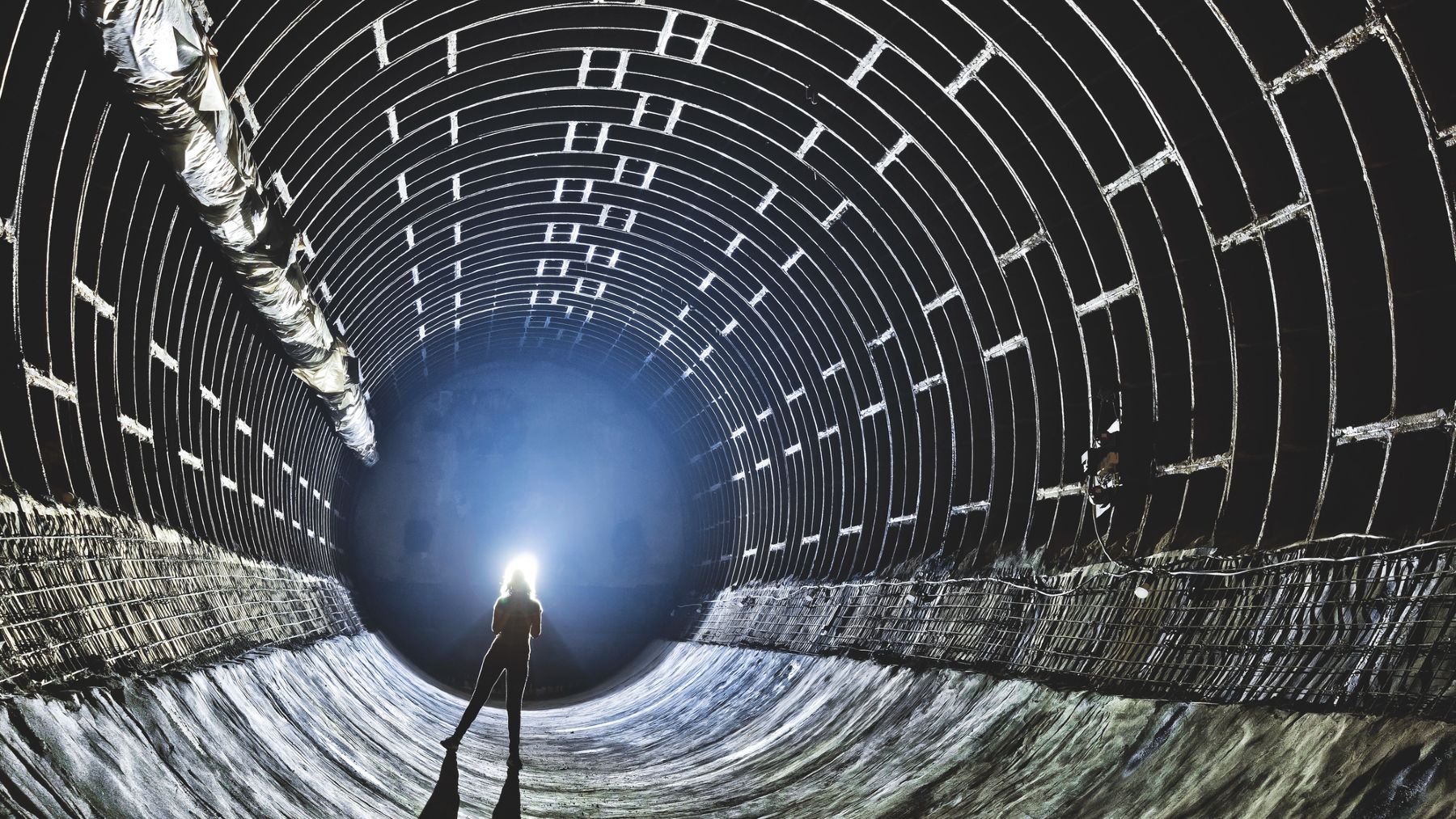Finland has discovered a 20-million-year-old energy mine: It’s an infinite energy source, but there’s a big problem
November 29, 2024

We have a complex relationship with the climate, as it enables us to produce clean energy by utilizing wind and solar power. However, the constant fluctuations in these elements pose significant challenges to maintaining a stable electricity supply. To address this issue, a French company has suggested tapping into a previously overlooked energy source: tectonic movements.
France dives into geothermal energy: a new approach for an infinite energy source
Spain is no stranger to geothermal energy. There are several regions in our territory with great potential for harnessing the heat of volcanoes as renewable sources that are already being studied to evaluate their possible exploitation. However, drilling deep into volcanoes to access the thermal processes that occur there is a complex and costly task.
Geothermal energy requires a very specific set of conditions to make it possible to obtain electricity from the bowels of a volcano using the high temperatures or steam to feed our grids. Iceland is the country that has managed to exploit this resource better than anyone else, but this is due to the particular conditions of its territory, where volcanic activity occurs at shallow depths.
The French company CGG (Compagnie Générale de Géophysique-Veritas) has proposed a solution based on its extensive knowledge of geophysical phenomena that would not only exploit the potential of geothermal energy, but would also produce hydrogen and green ammonia, two emission-free fuels that could avert the crisis in the European automotive industry.
Geothermal energy: Finland’s key to Europe-wide progress
Geothermal energy has enabled Finland to decarbonise its industries and reduce hydrocarbon import costs, making it an example for the whole world to emulate. Volcanoes exist in many parts of the world, but few allow safe and viable drilling with the technology we currently possess, so their implementation is still far from accessible.
However, CGG, a firm specialising in geophysical sciences and their implementation in new technologies, claims that they would be able to exploit geothermal energy at great sea depths to extract the heat that escapes between tectonic plates. The idea would be to install offshore geothermal plants equipped with a new 20-kilometre borehole developed by the MIT start-up.
The project proposes to install a plant in the North Sea, where conditions are similar to those found in Finland but extend over an area of about 65,000 square kilometres. There are geological fissures and igneous rocks there that could generate energy for 20 million years by extracting just 0.1% of the existing heat, with cheaper facilities and a stable supply.
Geothermal, fresh water, ammonia and hydrogen: Too good to be true?
The heat-to-electricity processes in combination with the gases emitted during production would give off green hydrogen and ammonia, which would represent a great potential to finally forget fossil fuels. It would also be possible to obtain fresh water, a key resource that has been of concern to experts for decades.
However, the technology is still under development and a series of impact and feasibility studies would be needed to really determine the future of this project.
Europe on standby: the solution that would solve all our problems
France is not the only country looking for energy under the sea. These geothermal plants could be perfectly complemented by the system of hydrogen buoys for maritime transport supply developed by a Scottish company. The synergy between these renewable sources would be a key factor in accelerating the transition to hydrocarbon-free economies.
Search
RECENT PRESS RELEASES
Related Post



